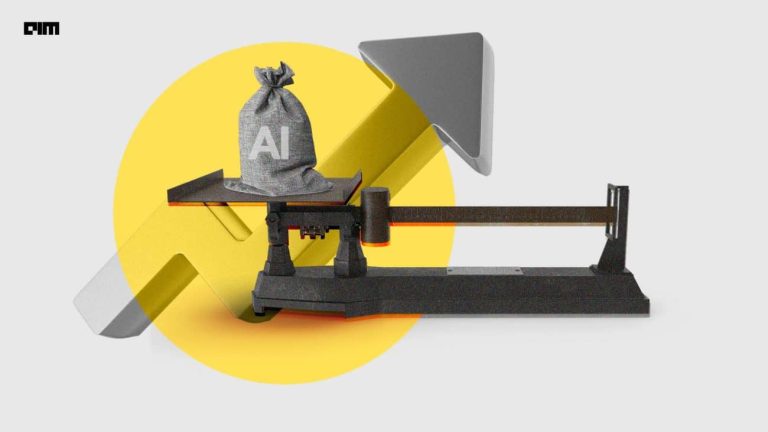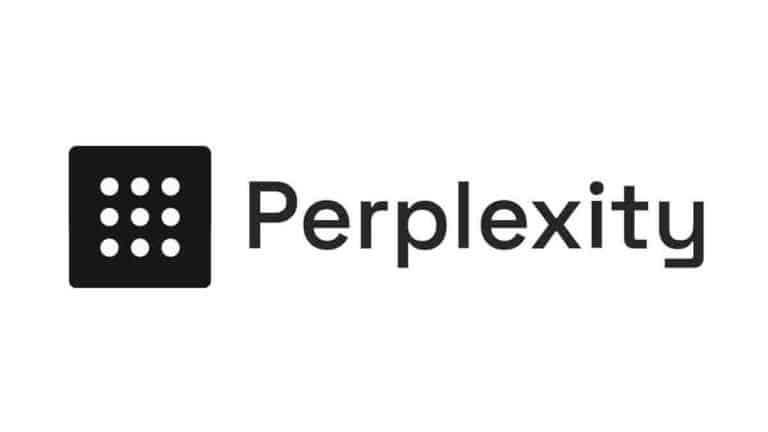The data transformation wave is taking over enterprises across industries and functions. Organisations tend to generate a plethora of data within their work span, but it is only recently that we are starting to realise its crucial applications. Digital transformation allows companies to leverage this data by collecting, segmenting, understanding and analysing the data to provide effective business solutions.
One of the upcoming trends under digital transformation is the Triple-A Trifecta or the Data Transformation Trifecta. This refers to the intersection of three critical change agents—automation, artificial intelligence (AI), and smart analytics. Initially coined by HFS, an analytics research organisation, the Trifecta allows organisations to leverage the three main emerging technologies to optimise, renovate and transform their business operations.
Robotics, analytics and AI are three of the most modern and intelligent technologies that are pushing the frontier of machine capabilities in all facets of the economy. Back in 2017, a McKinsey study found that automation alone could globally raise productivity growth from 0.8 to 1.4 per cent annually. Similarly, a PricewaterhouseCoopers (PwC) report identified that AI will contribute USD 15.7 Trillion to the global economy in 2030, more than the combined output of China and India today. However, it is only recently that we have realised the strength of combining the three.
The Trifecta framework has two distinct features. Firstly, the Trifecta elements interact with each other, and second, the Trifecta is non-linear and without a starting point. Each element of the Trifecta has a different value to offer:
- Automation drives efficiency
- Smart Analytics improves decision making
- AI solves business problems
The elements are independently quite useful as well, but their convergence is extremely powerful. This incentivises enterprises to establish collaborations of all three. For instance, robotics tends to deal with the automation of doing repetitive tasks, but this can only continue for so long. Integrating AI with automation makes this process intelligent and thus optimal for more tasks. Similarly, while smart analytics is a good resource, combining it with AI helps strengthen and quicken the process of data collection, processing and analysis, leading to better insight generation.
It is also important to note that data transformation is not a linear progression. The first step in the process is identifying your business problem and choosing the best strategy to provide a solution. Hence, organisations can begin the data transformation by using any of the three elements as a starting point.
The Trifecta Effect
Let’s discuss the broad impacts of this combination. The trifecta effect is the derived impact that gives users the advantages of all three technologies involved. The trifecta impact involves an improved customer experience, optimised efficiency and enhanced business revenue. This allows organisations to have quality data-driven analysis at a quick pace. The key manner to achieving this is by embedding AI and digital technologies into your business.
The three agents of the Trifecta enable enhanced scalable and end-to-end intelligent automation when building on each other. This form of data transformation is all about unifying the agents of the digital transformation so they can work together on delivering the desired business outcomes.
One of the commonly recurring challenges in organisations is the lack of communication between the front, middle and back offices that often function independently. Opacity between teams leads to miscommunication, reduced speed, limited working efficiency, and poor data-derived results. Applying the Trifecta to such organisational structures allows the leaders to break down these front, middle and back-office silos and integrate the various teams under one structure. As a result, the teams can now work together efficiently and quickly with transparent sharing of data beneficial for both the organisation and the customers.
This framework enables a smooth data transformation for industries across different verticals and varied applications. For instance, in marketing, the Trifecta is leveraged for campaign optimisation and revenue enhancement or contact centre optimisation and productive agents in customer services.
Integration Across All Service Lines
The HFS Top 10 report, which analyses various service providers and their applications of the Triple-A Trifecta, found that the most effective way of integrating the three elements is to do so across all services. Combining the elements with different services and emerging agents ensures the most development in the business revenue. In addition, organisations can leverage the change agents in a standard building blocks framework, allowing them to be used together across service offerings.
Let’s take a look at how these change agents perform individually and the impact they have collaboratively.
Automation
Also referred to as Robotic Process Automation, this element drives efficiency in the organisation by automating transaction-intensive activities and reducing the manual labour required for various workflows. It is a rules-based software that owes its efficiency to manual instructions and is code-free & business-friendly. RPAs are self-triggered with the need for human intervention during judgement-intensive tasks, making it a safe and effective choice for non-tech based businesses. These RPA models can further collaborate with ML modules to enable smart automation.
Smart Analytics
Smart analytics improves organisations’ decision-making by collecting & analysing data to provide better inferences and reports on which enterprises can base their solutions. Organisations are applying smart analytics in their workflows to reduce the decision making time and improve the effectiveness of these solutions. It is all about having the right information at the right time and in the right format. The only manual work is to make decisions based off on it. Smart analytics’ ability to handle structured and unstructured data, learn from it and provide analytics solutions makes it a complementing element for AI & Automation.
Artificial Intelligence
While smart analytics helps make better decisions and automation makes the process efficient, AI seals the deal by solving real business problems. AI automates intelligent activities through NLP, machine learning, neural networks, autonomics, virtual agents and computer vision. The use cases of AI are extremely broad, varying from voice recognition to automated conversations or pattern recognition to automation integration.
Consider the financial industry, for instance. The business problem of the financial firm is leveraging data to reduce costs and drive growth. Organisations can harness the combined power of the three elements to enable this: deploying AI solutions to revamp the workflow architecture, automation tools to clean the data and analytical tools to create intelligent workflows. When used all together, the three elements have redesigned the organisation’s workflows and made them more intelligent, leading to enhanced revenues.
Wrapping up
To further portray the impact of this Trifecta, in 2020, Pfizer leveraged the fusion in its research for one of the first COVID-19 vaccines. Pfizer has already realised its potential and proved the results of taking the plunge. The market is only brimming with possibilities for other organisations to do so too.
While only 19% of service provider engagements have integrated the Trifecta yet, the collaboration is rising. It is expected to grow by a whopping 52% as compared to the pre-pandemic IT and business process service market growth of ~5%.
The Triple-A Trifecta framework is extensive and advantageous to use. However, for organisations wanting to take the data transformation plunge, it is most important to identify the business problem and use the framework where necessary. Just integrating software and analytics is not the solution for an increased ROI – it is the correct use of the technology and in the correct place that does the magic.
This article is written by a member of the AIM Leaders Council. AIM Leaders Council is an invitation-only forum of senior executives in the Data Science and Analytics industry. To check if you are eligible for a membership, please fill the form here.



















































































